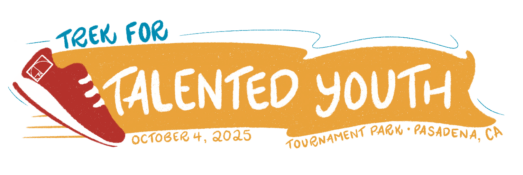by Qiao Li, Coordinator
Learning about the brain development of gifted children gave me a deeper understanding of their heightened experience and unique learning needs.
At IEA’s monthly Gifted Support Group, Dr. Nicole Tetreault, Dr. Joanna Haase, and Dr. Sharon Duncan from Gifted Research and Outreach (GRO) gave a presentation on understanding the gifted brain. Their extensive literature review on existing neuroscience research supports the hypothesis that gifted individuals have increased intellectual, emotional, sensory and motor processing capacity. Specifically, their research shows:
Gifted individuals have increased brain volume
Gifted individuals have greater brain activation
Gifted individuals have greater white matter connectivity
Gifted individuals have increased sensory and auditory processing
Neuroanatomy shows individuals with higher IQ have increased grey matter volume in various regions of the brain – what the cerebral cortex is composed of. The regions with increased volume include the frontal lobes (complex decision making and hypothesis testing), temporal lobes (auditory processing and language interpretation), parietal lobes (taste, temperature, touch sensation), and occipital lobes (visual information) [1].
This could explain why gifted students can process a large amount of information and do calculations faster than their peers. As a child, I was always told that practice makes you better, but at times, too many repetitions can make you lose interest. Keeping a child interested, engaged, and challenged is a delicate balance; understating neurodiversity is the first step to differentiating individual’s learning pace and style.
With accelerated processing speed, comes the challenge of responsiveness. Some students can solve math problems quickly in their head, but they have a hard time articulating the process. When it comes to sensory and auditory processing, gifted students can be particularly sensitive and react strongly to sound, smell, taste, and visual stimuli.
While many gifted students can identify with these feelings, it is also important – albeit difficult – to try to express one’s logical process as coherent as possible. In learning environments where the needs of gifted students are often overlooked, the ability to communicate clearly and effectively is a good practice to foster mutual understanding and master proactive learning habits.
I left GRO’s lecture with a greater understanding of neurodiversity and the difference in learning needs for gifted students. Understanding that our students learn differently, not ostracizing them for who they are, and helping them work towards their personal best with their unique learning pace and style is a great recipe for a happy and healthy childhood.
Notes:
[1] “The Gifted Brain.” https://www.gro-gifted.org/wp-content/uploads/2016/03/GRO-article-Phase-1-a-final-3_24_16.pdf March 17, 2016
Like this post? Sign up for our email newsletter to receive more stories, information, and resources about gifted youth straight to your inbox.



